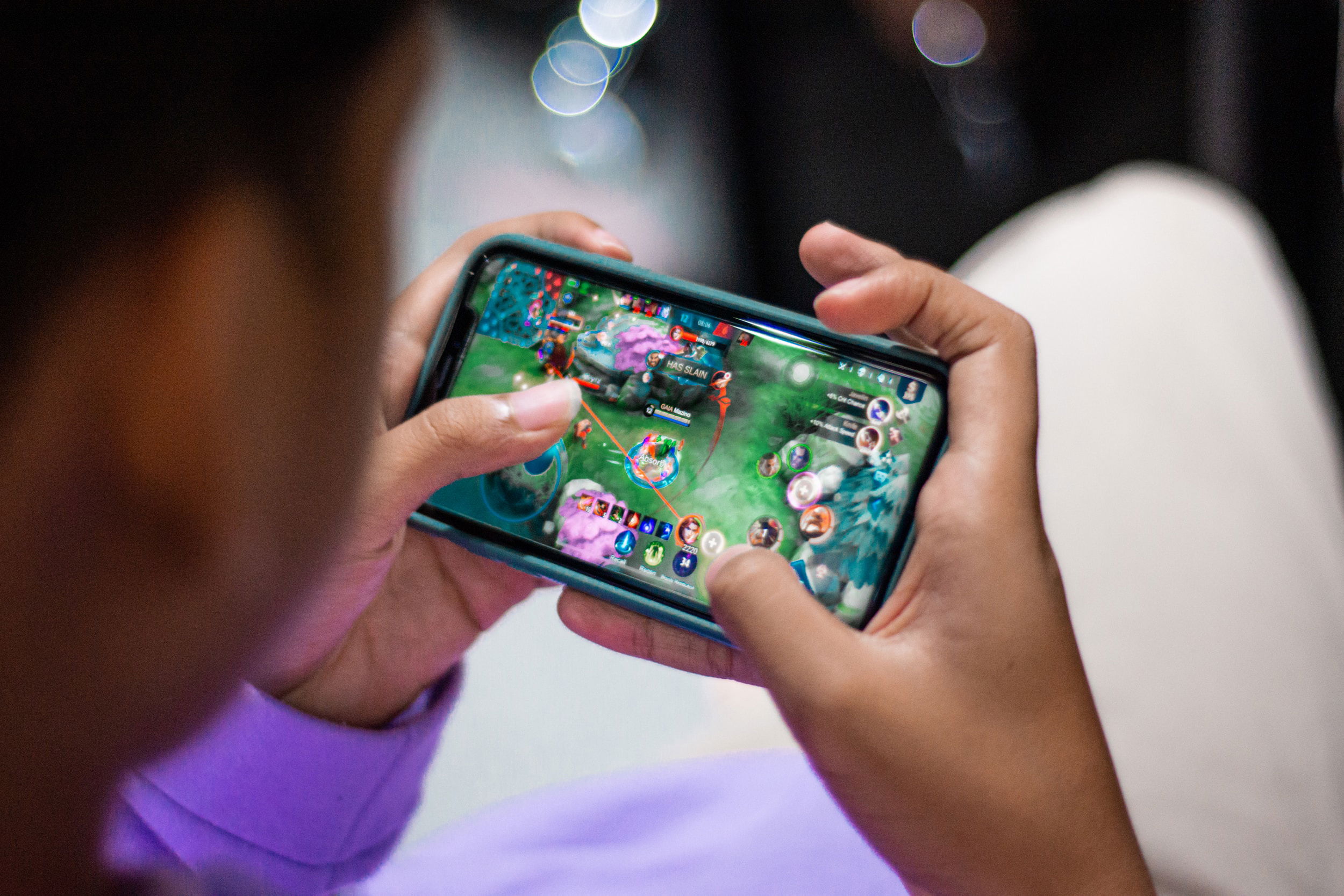5 APPS EVERY PARENT NEEDS TO BE AWARE OF
1. LiveMe
LiveMe App Review for Parents and Caring Adults | Protect Young Eyes
What is LiveMe?
LiveMe is a mobile application intended as a livestreaming broadcasting platform specifically marketed for youth interested in engaging in a digital social network. Users can go live on camera, watch livestreams, and connect with other anonymous users to ear prizes and rewards.
What are the Concerns with LiveMe?
As a warning for parents and educators, there exists high likelihood kids will be exposed to mature content if using this app. Often, broadcasted content through LiveMe can be characterized as suggestive/explicit and may include profanity, references to drug/tobacco/alcohol use, some violence, and other mature subject matter through the anticipation of earning rewards and prizes, including money.
What strategies work best for protecting kids?
One solution for parents to monitor their child’s digital content is through the use of various control platforms such as Bark. Digital monitoring tool detects questionable and potentially dangerous digital content and provides email and text alerts; parent control features such as content monitoring, screen time management, and website blocking are features in providing online safety for kids.
Parental Control App for iPhone, Android, & Amazon Fire | Bark

2. MeetMe
MeetMe App Review for Parents and Caring Adults | Protect Young Eyes
What is MeetMe?
The MeetMe app is a livestreaming video social networking platform marketed particularly for dating. The app is part of The Meet Group’s series of social apps including Skout, Tagged, and Growlr. Formerly known as the MyYearbook app, the MeetMe social networking platform has a variety of functionality including messaging, both direct and private, sharing photos and videos, searching profiles by varied filters, livestreaming videos, discussion boards, and sending digital prizes and rewards.
What are the concerns with MeetMe?
As a warning for parents and educators, the MeetMe app is intended as a dating-social networking application where adult content is permeated throughout the platform. As Protect Young Eyes (2020) explained, the platform presents high risk for predatory interactions as over 100 million users are registered; the app aims people towards online hookups through social media that allows for chatting with strangers, exchanging photos and videos, and rating content.
What strategies work best for protecting kids?
As an important strategy, informing children of online dangers is of utmost importance through the significant emphasis of digital citizenship. Teaching digital citizenship involves guiding kids with responsible and appropriate uses of technology. Helping children understand the dangers of online sexual exploitation through open parental/child discussions is very important. Educators can assist by emphasizing digital citizenship through practices and programming at school.

3. Snapchat
Snapchat Parental Controls and App Review | Protect Young Eyes
What is Snapchat?
As a social networking and messaging app launched in 2011 specifically for Android and iOS mobile devices, Snapchat allows texts, photos, and videos {Chats and Snaps} to be sent through the application. With estimates of over a million Snapchat users in the U.S. alone, the application’s claim to fame is that content sent through the app will only be kept temporarily. Arguably, the popularity of Snapchat nationwide parallels that of the powerhouse social media app, Facebook. Snapchat uses complex augmented reality facial recognition filters designated through computer vision allowing users to manipulate photo and video content with graphic imagery.
What are the concerns with Snapchat?
As a warning for parents and educators, Snapchat does not have traditional parental controls. So, if use is permitted, taking a proactive stance in helping adolescents register with accurate age, applying ‘Ghost Mode/My Friend’ settings to ensure locations are blocked, turning off toggling settings, and opening a parent account to become familiar with the application’s functionality. Given Snapchat is a social networking app, the risk of exposure to adult content is quite high even by taking proactive steps in account registration. Since Snapchat soars as a popular social media app for teenagers, one of the most alarming concerns with the application is its connection to sexting and cyberbullying. As the National Center on Sexual Exploitation (2018) explained, because of the ability for Snapchat photos to expire within 10 seconds, it has become the major sexting vehicle.
What strategies work best for protecting kids?
As an important strategy in combating cyberbullying and sexting, schools must adopt comprehensive bullying programs that include cyberbullying and sexting prevention for students. There is much national data connecting cyberbullying to off-line bullying in schools, including cyberbullying related to sexting. The more informed we make youth about appropriate uses of technology that includes safety guidelines and strategies, the further we move nationally with digital citizenship efforts. Importantly, in monitoring use of apps such as Snapchat, it is highly recommended that parents take an active role in the registration process when choosing settings. Also, opening a parent account to become familiar with the app may help prevent potential issues for kids.

4. Whisper
Whisper App Review for Parents and Caring Adults | Protect Young Eyes
What is Whisper?
The mobile application Whisper is a unique social networking app launched in 2012 for Android and iOS devices that is recognized for its user anonymity. What makes Whisper much different than most other social networking platforms is that users don’t have an identity profile or followers but only a selected nickname. According to Protect Young Eyes (2020), the Whisper app is a way to anonymously share feelings with pictures and words and connect with others through a messaging option where users send {whispers}. Whisper tends to be popular with teens as a digital platform to release emotions or secrets. When using the application, users select a picture from their mobile device gallery or an image from the app’s library and then add text to be superimposed on the image before posting it anonymously. And given it’s a social networking app, there is also an anonymous chatroom feature for sending group and private {whispers}.
What are the concerns with Whisper?
As a warning for parents and educators, Whisper can expose youth to adult images and language, sexually-explicit words, and place minors in precarious situations by having anonymous chats with strangers. The mobile application’s policy indicates the app is intended for individuals seventeen and older, but many minors create accounts by not putting their correct age as there exists no parental digital control functions. Of greatest concern, research has shown sexual predators look for digital platforms with user anonymity. Whisper is one of several similar anonymous apps, but given the incredible popularity of Whisper by teens, where they can anonymously post emotions and thoughts, there exists significant predatory concern.
What strategies work best for protecting kids?
With extremely dangerous mobile apps like Whisper, the best strategy is preventing and/or eliminating use of the application. Arguably, there is nothing safe, meaningful, or of value with the Whisper app. The concerns due to anonymity are too extreme to view this mobile app for anything other than being risky and dangerous. Concerned parents should look for mobile application blocking tools through their cellular plan or various mobile downloads with similar capabilities to block Whisper and anonymous social networking apps similar to it. Parental judgment, decision-making, and direct involvement in this process is highly necessary.

5. Discord
Discord Parental Controls Review | Protect Young Eyes
What is Discord?
The Discord app is a highly popular mobile application released in 2015 targeted for gamers. Essentially, Discord is a social networking app where users can use voice, video, and chat features within an online community, all of which are digital tools geared towards online gaming. The application operates using individual theme-based servers/communities in which users can join and share voice and video, use text to chat, and share links. Discord has broad appeal to online gamers because they have access to group invite servers with friends or to a more global gaming community, as there exists an estimated 150 million registered users.
What are the concerns with Discord?
As a warning for parents and educators, Discord can expose youth to offensive and sexually explicit language through the chat feature. Further, the app has been criticized as a platform perpetuating cyberbullying. And with a growing body of research focusing on digital addiction, the mobile application has also been linked as a potential contributor due to its attraction from a heavily adolescent gaming community.
What strategies work best for protecting kids?
Important strategies for use of apps such as Discord are similar to apps such as Snapchat in that parents should be directly involved in assisting youth with the registration process and managing in-app settings so that only approved friend servers and communities are permitted. Further, given the applications appeal to youth with an interest in gaming, parental control settings that manage digital screen time are also recommended.

HELPFUL RESOURCES
Ignition - Digital Literacy Curriculum for Wellness and Safety - EVERFI
NAMLE – National Association for Media Literacy Education
5-Minute Film Festival: Teaching Digital Citizenship | Edutopia